(I have to say that actually there are not so many films that are mainly shot in Chengdu.)
Released in 2017, “The Ex-file: The Return Of The Exes” tells the story of Meng Yun and Yu Fei who break up with their respective girlfriends Lin Jia and Ding Dian because of some small matters and refuse to compromise (to apologize firstly) in their relationships, and these two golden singles set themselves free from all the nuisances by always attempting to enter a new relationship. The director of this movie is not as great as Wong Kar-wai. The actors of this movie are not like Tony Leung or Maggie Cheung whose eyes can tell stories. The plot of this love movie is not as aesthetic and deep as that of Chungking Express. It is just a love story with a tediously familiar plot, but it still strikes a chord with most audiences, grossing over 2 billion RMB at the box office.
The director and two of the actresses are from Chengdu and almost 80 percent of the movie is shot on Chengdu, so (as a person who live in Chengdu for so many years) I am quite familiar with some scenes in the movie. One of the most important reasons why the movie can arouse sympathy is that it is full of the “flavor of life”, which is shown by putting the Meng Yun and Lin Jia, a “common” couple just like the one who may watch this movie together, into the “common” environment or space where they have the interaction.
The field trip I took is a visit of a KTV named Hao-Le-Di. There are a lot of KTV scenes in the movie, such as Meng and Yu dating twins and participating in a party full of “beauties” organized by the rich. Meng and Yu go to KTV to feel the great delight of being single, while Lin is advised by Ding to go there to release the sadness of being disappointed in love. The contrast of mood of this ex-couple (Meng and Lin) is magnified to be more vividly in such a bustling place. The more joys Meng feels, the more sorrows Lin feels.
I went to KTV in the morning but the scenes in the movie take place at night, which is a very sensitive time period, because after tense working hours, people have time to focus on themselves, and their emotions can also be magnified, which means Meng can be more crazy while Lin more melancholy. Also, in order to highlight the Meng’s frenzy, a large number of beauties are arranged in the KTV box (I believe this scene rarely happens in daily life), which can reflect Lin’s loneliness more strongly.
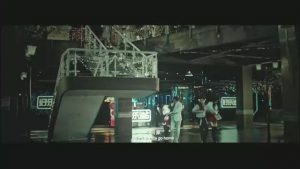
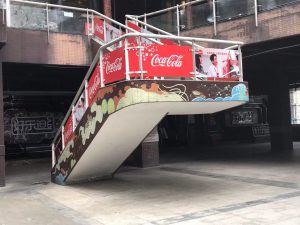

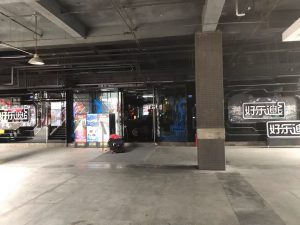
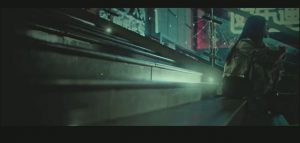
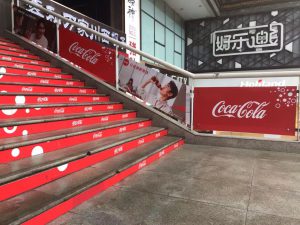

Yan Jing, 3035759208
Considering that not many films are shot in Chengdu, this film appears to be a good choice in that it allows you to discuss the description of a “’common’ couple” in their “’common’ environment or space.” How does the film – a fictional drama – present these spaces in relation to the narrative plot? Appreciate your efforts to match the films shots with the actual locations. But where is the actual location of the Hao Le di in Chengdu featured in the film? Is it in a mall or an independent building? If there are “a lot of ktv scenes in the movie,” what have you observed about the ktv spaces in the film as they appear each time? If there are differences, what are they and how do they change as the film progresses? Study the descriptions of the ktv scenes and its significance in the film. Reflect on the ktv’s relationship to the area/district it is located and to the city/Chengdu. If the film as you have written, can “arouse sympathy,” how does the ktv participate in foregrounding or even producing such urban loneliness? How would you consider the ktv in relation to Barthes’s hypnotic space of escape aka the cinema?
In your opening paragraph, you mentioned Chungking Express, presumably to contrast with this film which you feel is “not as great.” This is not an advisable way to open an analysis. As a rule of thumb, avoid using double-negative unless you intend to conduct a comparative analysis with Chungking Express. In this case, there is neither space nor need to do that so attention should be mainly directed towards the comparative spatial and cultural analysis of Hao Le Di as presented in the film and in reality.